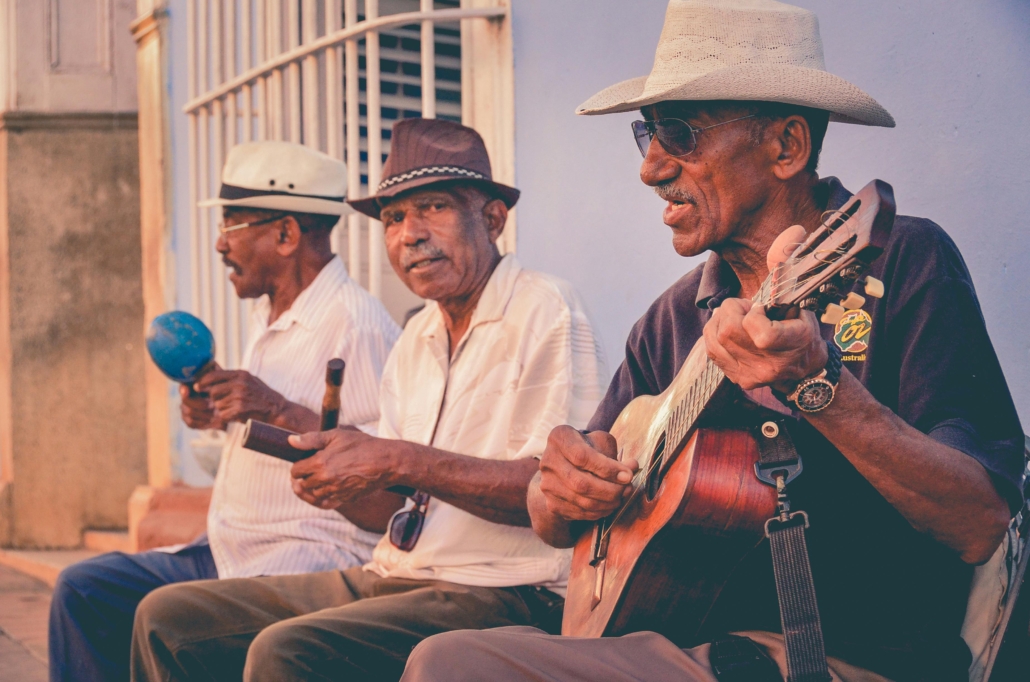Everything to Know About Elderly Poverty in Antigua and Barbuda

Antigua and Barbuda is a Caribbean country consisting of the two main islands and several smaller islands with 97% of the country’s population located in Antigua. The British colonized the country in the 17th century and transported a large population of enslaved Africans to work on sugar and tobacco plantations. After the emancipation of slavery in 1834, the economy struggled due to the heavy reliance on sugar production. In 1981, the country gained full independence from the U.K. and opted to remain in the Commonwealth. The country’s legacy of colonialism still affects the current economic state.
Economic Effect on Elders
People aged 60 years and older have a higher likelihood of suffering from extreme poverty at 4.2% than the rest of the population at 3.7%. Poverty is more prevalent in rural areas due to limited access to services, transportation and economic opportunities. Access to affordable health care is also a major issue caused by elderly poverty in Antigua and Barbuda. The costs of medical care, including medications and treatments for chronic conditions strain the limited resources of those who experience elderly poverty in Antigua and Barbuda.
Many charitable and nonprofit organizations provide health care services in Antigua and Barbuda. St. John’s Hospice is a charity that provides hospice care to the terminally ill. The organization provides both in-home and inpatient care through the proceeds from a shop run by the charity located in Antigua, as well as fundraising and donations.
The Environment and Tourism
Caribbean countries are more vulnerable to extreme weather events and natural disasters. Environmental devastation affects the ability to conduct tourism and the economy since the tourism industry makes up more than 50% of the country’s GDP and is responsible for more than 46% of the national employment.
Elderly poverty in Antigua and Barbuda is disproportionately affected by hits to the labor market. According to a 2018 Labour Force Survey Report, the employment-to-population ratio is lowest in seniors 65 and older. Both environmental issues and the tourism industry affect housing. Environmental disasters destroy buildings. The tourism industry pushes locals away from coastal land and into areas with fewer resources. Jamaica Kincaid describes tourism as a neo-colonial structure that exploits the land and local population and is responsible for the economy.
USAID/OFDA provided disaster relief services for Antigua and Barbuda, including getting resources to more than 400 hurricane-affected households in 2018. Since 2010, it has provided $95 million to support disaster risk reduction programs in Latin America and the Caribbean.
Conclusion
Despite challenges from Antigua and Barbuda’s colonial past and a heavy reliance on tourism, the country is home to a vibrant community working towards a brighter future. With continued efforts from local and international groups, there is hope for sustainable development and a better quality of life for all citizens, especially those affected by elderly poverty in Antigua and Barbuda.
– Nina Bujewski
Nina is based in San Luis Obispo, CA, USA and focuses on Politics for The Borgen Project.
Photo: Pexels
